Cashew nuts are a popular and valuable agricultural commodity that plays a significant role in the global market. With their rich buttery flavor and versatility, cashews are a favorite among consumers worldwide. This article aims to provide a comprehensive summary of cashew producing countries, highlighting their production volume, economic importance, cultivation practices, and market dynamics. 1. India: India is the largest producer and exporter of cashew nuts globally. With ideal tropical and subtropical climate conditions, the country has a long history of cashew cultivation. India accounts for approximately 22% of the world’s cashew production and is predominantly located in the western coastal regions of Maharashtra, Goa, Karnataka, and Kerala. The cashew industry in India provides valuable employment opportunities, especially in rural areas, contributing significantly to the country’s economy. 2. Vietnam: Vietnam is the second-largest producer of cashew nuts globally, accounting for around 17% of the total production. The country experienced a rapid rise in cashew production due to favorable climate conditions, technological advancements, and robust government support. Vietnam’s cashew cultivation is concentrated in the southern part of the country, specifically in the provinces of Binh Phuoc, Dong Nai, and Ba Ria-Vung Tau. The cashew industry has emerged as a crucial sector for the country’s export-oriented economy. 3. Ivory Coast: Ivory Coast, also known as Côte d’Ivoire, is the leading cashew producer in Africa and the third-largest globally, contributing approximately 15% of the world’s cashew production. Cashews are one of Ivory Coast’s significant export crops, with over half a million small-scale farmers involved in cashew cultivation. The country has favorable agro-climatic conditions in the northern region, where cashew production is concentrated. The Ivorian government has implemented various initiatives to support cashew farmers and boost exports.
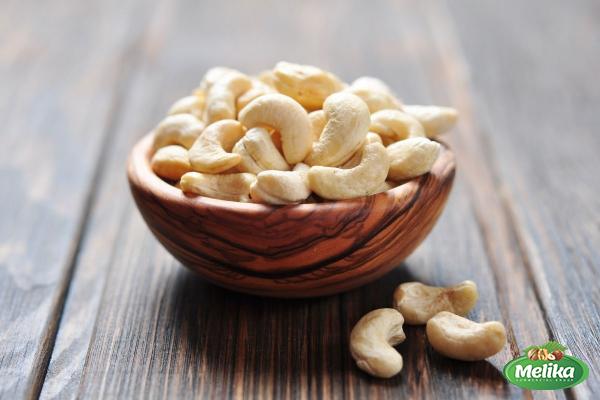
nuts
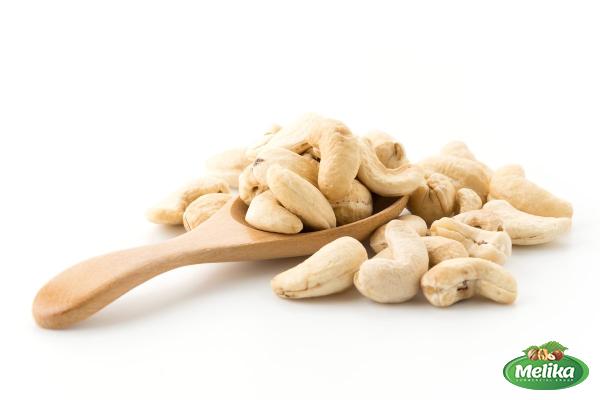 4. Nigeria: Nigeria is renowned as one of the largest cashew producers in Africa, accounting for around 5% of global cashew production. Cashews are cultivated across various states in Nigeria, with significant production concentrated in the southwest and southeast regions. However, the Nigerian cashew industry faces challenges such as limited processing capacity, inadequate infrastructure, and low-quality standards. The government has been actively encouraging value addition and export-oriented strategies to enhance the competitiveness of the cashew sector. 5. Indonesia: Indonesia is a significant player in the cashew industry, ranking among the top ten global cashew producers. Cashew cultivation is widespread across the archipelago, with notable production concentrated in the provinces of West Nusa Tenggara, East Nusa Tenggara, and Sulawesi. The country’s cashew industry is primarily focused on supplying the domestic market, with limited export volumes. Local farmers engage in traditional cultivation methods, and efforts are underway to introduce modern farming practices to enhance productivity and quality. 6. Brazil: Brazil is one of the largest cashew producers in the Americas, contributing to approximately 4% of global production. Cashew cultivation in Brazil is mainly concentrated in the northeastern region, particularly in the states of Ceará, Piauí, Rio Grande do Norte, and Bahia. The Brazilian government supports the cashew industry through research and development initiatives, aiming to improve farming practices and enhance product quality. Brazil’s cashew industry faces competition from neighboring countries, and efforts are being made to optimize production efficiency and increase exports. 7. Tanzania: Tanzania is a significant cashew producer in eastern Africa, accounting for approximately 3% of global cashew production. Cashew cultivation in Tanzania is concentrated in the regions of Mtwara, Lindi, and Ruvuma. The country has a vibrant and growing cashew export industry, and the sector contributes to employment generation, particularly in rural areas. The Tanzanian government has prioritized the cashew industry’s development, focusing on increasing productivity, improving post-harvest practices, and establishing better marketing strategies. 8. Mozambique: Mozambique plays a crucial role in the global cashew market, accounting for around 3% of total production. Cashew cultivation is concentrated in the Central and Northern regions of Mozambique, particularly in the provinces of Nampula, Zambezia, and Cabo Delgado. The cashew industry serves as an essential source of income for smallholder farmers in rural areas. The Mozambican government aims to develop the cashew sector further through investments in processing infrastructure, enhancing quality standards, and promoting value addition. Conclusion: Cashew production is a significant economic activity in several countries worldwide, contributing to agricultural development, foreign exchange earnings, and employment generation. India, Vietnam, Ivory Coast, Nigeria, Indonesia, Brazil, Tanzania, and Mozambique are key cashew producing nations that collectively dominate global production.
4. Nigeria: Nigeria is renowned as one of the largest cashew producers in Africa, accounting for around 5% of global cashew production. Cashews are cultivated across various states in Nigeria, with significant production concentrated in the southwest and southeast regions. However, the Nigerian cashew industry faces challenges such as limited processing capacity, inadequate infrastructure, and low-quality standards. The government has been actively encouraging value addition and export-oriented strategies to enhance the competitiveness of the cashew sector. 5. Indonesia: Indonesia is a significant player in the cashew industry, ranking among the top ten global cashew producers. Cashew cultivation is widespread across the archipelago, with notable production concentrated in the provinces of West Nusa Tenggara, East Nusa Tenggara, and Sulawesi. The country’s cashew industry is primarily focused on supplying the domestic market, with limited export volumes. Local farmers engage in traditional cultivation methods, and efforts are underway to introduce modern farming practices to enhance productivity and quality. 6. Brazil: Brazil is one of the largest cashew producers in the Americas, contributing to approximately 4% of global production. Cashew cultivation in Brazil is mainly concentrated in the northeastern region, particularly in the states of Ceará, Piauí, Rio Grande do Norte, and Bahia. The Brazilian government supports the cashew industry through research and development initiatives, aiming to improve farming practices and enhance product quality. Brazil’s cashew industry faces competition from neighboring countries, and efforts are being made to optimize production efficiency and increase exports. 7. Tanzania: Tanzania is a significant cashew producer in eastern Africa, accounting for approximately 3% of global cashew production. Cashew cultivation in Tanzania is concentrated in the regions of Mtwara, Lindi, and Ruvuma. The country has a vibrant and growing cashew export industry, and the sector contributes to employment generation, particularly in rural areas. The Tanzanian government has prioritized the cashew industry’s development, focusing on increasing productivity, improving post-harvest practices, and establishing better marketing strategies. 8. Mozambique: Mozambique plays a crucial role in the global cashew market, accounting for around 3% of total production. Cashew cultivation is concentrated in the Central and Northern regions of Mozambique, particularly in the provinces of Nampula, Zambezia, and Cabo Delgado. The cashew industry serves as an essential source of income for smallholder farmers in rural areas. The Mozambican government aims to develop the cashew sector further through investments in processing infrastructure, enhancing quality standards, and promoting value addition. Conclusion: Cashew production is a significant economic activity in several countries worldwide, contributing to agricultural development, foreign exchange earnings, and employment generation. India, Vietnam, Ivory Coast, Nigeria, Indonesia, Brazil, Tanzania, and Mozambique are key cashew producing nations that collectively dominate global production.
Specifications of nuts
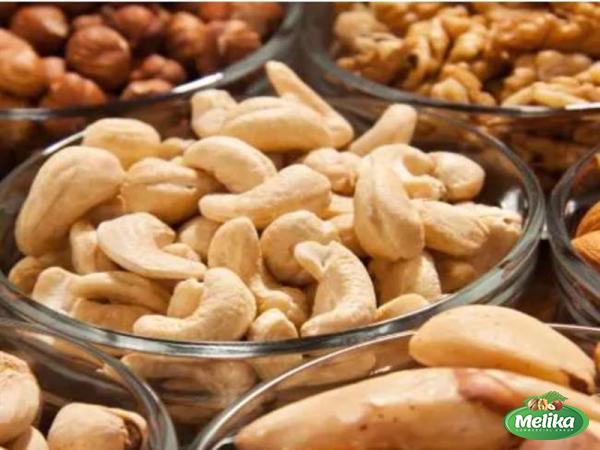 These countries employ various strategies to enhance productivity, improve quality standards, and strengthen market competitiveness. Understanding the dynamics of cashew producing countries is crucial for stakeholders in the industry, assisting them in making informed decisions and identifying potential opportunities for growth. Cashew nuts are a highly sought-after and profitable commodity in the global market. In this article, we will delve deeper into the cashew industry, focusing on the cultivation practices, processing methods, market trends, and global trade dynamics. Understanding the business aspects of the cashew industry can provide valuable insights to stakeholders and entrepreneurs who wish to capitalize on its potential. 1. Cultivation Practices: Cashew trees thrive in tropical and subtropical regions with well-drained sandy soil. The cultivation process involves planting cashew tree seedlings, which take around five years to reach full production. Cashew trees require minimal maintenance and are known for their resilience to drought and pest attacks, making them suitable for smallholder farmers. Cultivation practices often include pruning, weeding, and fertilization to maximize yield and improve nut quality. 2. Processing Methods: Once harvested, cashew nuts undergo a series of processing steps to extract the edible portion. The process typically includes de-shelling, roasting, separation of cashew kernels, and grading based on size and quality. Specialized machinery is used in larger processing facilities, while smaller-scale operations may rely on manual labor. The processed cashew kernels are then packed and prepared for distribution to domestic and international markets. 3. Market Trends: The global demand for cashews has been steadily increasing, driven by the growing recognition of their health benefits and the rising popularity of plant-based diets. Cashews are a rich source of protein, healthy fats, vitamins, and minerals, making them an attractive snack option for health-conscious consumers. Furthermore, cashews find extensive use in the food industry for various applications, including confectionery, bakery products, nut butter, and plant-based milk alternatives. 4. Export and Import Trends: Cashews are primarily grown in developing countries, and the global trade in cashew nuts is substantial. The top exporting countries, such as India, Vietnam, and Ivory Coast, dominate the market, while importing nations like the United States, the European Union, China, and Japan drive demand. The global trade in cashews is influenced by factors such as supply and demand dynamics, production volumes, quality standards, trade policies, and economic conditions.
These countries employ various strategies to enhance productivity, improve quality standards, and strengthen market competitiveness. Understanding the dynamics of cashew producing countries is crucial for stakeholders in the industry, assisting them in making informed decisions and identifying potential opportunities for growth. Cashew nuts are a highly sought-after and profitable commodity in the global market. In this article, we will delve deeper into the cashew industry, focusing on the cultivation practices, processing methods, market trends, and global trade dynamics. Understanding the business aspects of the cashew industry can provide valuable insights to stakeholders and entrepreneurs who wish to capitalize on its potential. 1. Cultivation Practices: Cashew trees thrive in tropical and subtropical regions with well-drained sandy soil. The cultivation process involves planting cashew tree seedlings, which take around five years to reach full production. Cashew trees require minimal maintenance and are known for their resilience to drought and pest attacks, making them suitable for smallholder farmers. Cultivation practices often include pruning, weeding, and fertilization to maximize yield and improve nut quality. 2. Processing Methods: Once harvested, cashew nuts undergo a series of processing steps to extract the edible portion. The process typically includes de-shelling, roasting, separation of cashew kernels, and grading based on size and quality. Specialized machinery is used in larger processing facilities, while smaller-scale operations may rely on manual labor. The processed cashew kernels are then packed and prepared for distribution to domestic and international markets. 3. Market Trends: The global demand for cashews has been steadily increasing, driven by the growing recognition of their health benefits and the rising popularity of plant-based diets. Cashews are a rich source of protein, healthy fats, vitamins, and minerals, making them an attractive snack option for health-conscious consumers. Furthermore, cashews find extensive use in the food industry for various applications, including confectionery, bakery products, nut butter, and plant-based milk alternatives. 4. Export and Import Trends: Cashews are primarily grown in developing countries, and the global trade in cashew nuts is substantial. The top exporting countries, such as India, Vietnam, and Ivory Coast, dominate the market, while importing nations like the United States, the European Union, China, and Japan drive demand. The global trade in cashews is influenced by factors such as supply and demand dynamics, production volumes, quality standards, trade policies, and economic conditions.
buy nuts
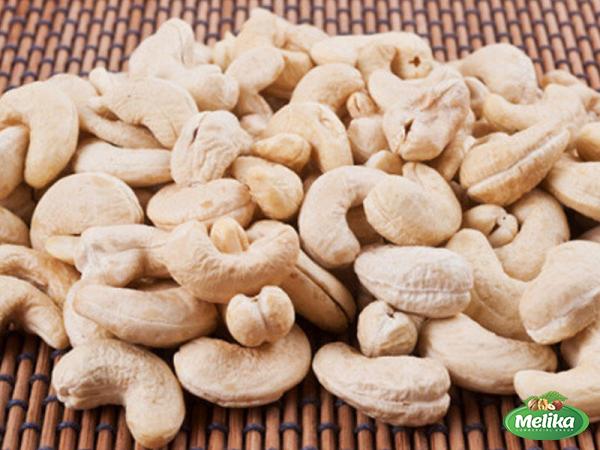 5. Value Addition and Processing Improvements: To enhance the competitiveness of cashew-producing countries, value addition and processing improvements are crucial. Investing in processing infrastructure, such as mechanized shelling and sorting machines, can streamline operations, improve efficiency, and ensure consistent quality. Additionally, developing value-added products, such as flavored and roasted cashews, can open new markets and generate higher margins for producers and processors. 6. Sustainability Initiatives: Sustainability and responsible sourcing have become increasingly important considerations for the cashew industry. Several organizations and certifications work towards ensuring sustainable cashew production, better labor practices, and environmental conservation. Implementing sustainable farming practices, promoting fair trade, and supporting smallholder farmers can help create a more inclusive and environmentally friendly cashew industry. 7. Challenges Faced by Cashew Producers: Despite its potential, the cashew industry faces various challenges. Climate change, including unpredictable rainfall patterns and extreme weather events, poses a threat to cashew cultivation in some regions. Additionally, pests and diseases, such as the cashew kernel mold and the cashew nut weevil, can significantly impact crop yield and quality. Inadequate infrastructure, limited access to financing, and low-quality standards also hinder the industry’s growth. 8. Opportunities for Smallholder Farmers: Cashew cultivation offers significant opportunities for smallholder farmers in developing countries. Cashew trees can be grown alongside other crops, providing farmers with an additional source of income. Cashew farming has the potential to uplift rural communities by creating employment opportunities, improving livelihoods, and reducing dependency on traditional crops. Supporting smallholder farmers through training, access to finance, and market linkages can contribute to their socio-economic development. 9. Health and Nutritional Benefits: Cashew nuts have gained popularity as a healthy snack choice due to their nutritional profile. They are rich in healthy fats, including monounsaturated and polyunsaturated fats, which promote heart health. Cashews also contain essential vitamins and minerals, such as magnesium, zinc, and vitamin E. These attributes contribute to the rising demand for cashew nuts as a nutritious and convenient snack option. 10. Innovation and Market Diversification: The cashew industry presents opportunities for innovation and market diversification. New processing techniques, such as vacuum frying and value-added products like cashew milk and cashew-based desserts, can cater to changing consumer preferences and dietary needs. Expanding into emerging markets, such as the Middle East, Latin America, and Asia, can help diversify export destinations and reduce dependence on a few major markets. Conclusion: The cashew industry is a thriving and lucrative sector that offers numerous opportunities for producers, processors, and consumers alike. With increasing global demand, sustainability efforts, and the potential for innovation, the cashew market is poised for growth. Understanding the cultivation practices, market dynamics, and challenges faced by cashew-producing countries is essential for stakeholders to make informed decisions and leverage the industry’s potential for economic and social development.
5. Value Addition and Processing Improvements: To enhance the competitiveness of cashew-producing countries, value addition and processing improvements are crucial. Investing in processing infrastructure, such as mechanized shelling and sorting machines, can streamline operations, improve efficiency, and ensure consistent quality. Additionally, developing value-added products, such as flavored and roasted cashews, can open new markets and generate higher margins for producers and processors. 6. Sustainability Initiatives: Sustainability and responsible sourcing have become increasingly important considerations for the cashew industry. Several organizations and certifications work towards ensuring sustainable cashew production, better labor practices, and environmental conservation. Implementing sustainable farming practices, promoting fair trade, and supporting smallholder farmers can help create a more inclusive and environmentally friendly cashew industry. 7. Challenges Faced by Cashew Producers: Despite its potential, the cashew industry faces various challenges. Climate change, including unpredictable rainfall patterns and extreme weather events, poses a threat to cashew cultivation in some regions. Additionally, pests and diseases, such as the cashew kernel mold and the cashew nut weevil, can significantly impact crop yield and quality. Inadequate infrastructure, limited access to financing, and low-quality standards also hinder the industry’s growth. 8. Opportunities for Smallholder Farmers: Cashew cultivation offers significant opportunities for smallholder farmers in developing countries. Cashew trees can be grown alongside other crops, providing farmers with an additional source of income. Cashew farming has the potential to uplift rural communities by creating employment opportunities, improving livelihoods, and reducing dependency on traditional crops. Supporting smallholder farmers through training, access to finance, and market linkages can contribute to their socio-economic development. 9. Health and Nutritional Benefits: Cashew nuts have gained popularity as a healthy snack choice due to their nutritional profile. They are rich in healthy fats, including monounsaturated and polyunsaturated fats, which promote heart health. Cashews also contain essential vitamins and minerals, such as magnesium, zinc, and vitamin E. These attributes contribute to the rising demand for cashew nuts as a nutritious and convenient snack option. 10. Innovation and Market Diversification: The cashew industry presents opportunities for innovation and market diversification. New processing techniques, such as vacuum frying and value-added products like cashew milk and cashew-based desserts, can cater to changing consumer preferences and dietary needs. Expanding into emerging markets, such as the Middle East, Latin America, and Asia, can help diversify export destinations and reduce dependence on a few major markets. Conclusion: The cashew industry is a thriving and lucrative sector that offers numerous opportunities for producers, processors, and consumers alike. With increasing global demand, sustainability efforts, and the potential for innovation, the cashew market is poised for growth. Understanding the cultivation practices, market dynamics, and challenges faced by cashew-producing countries is essential for stakeholders to make informed decisions and leverage the industry’s potential for economic and social development.

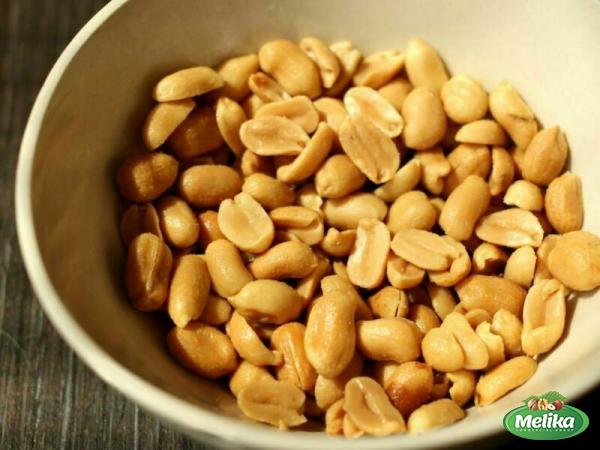
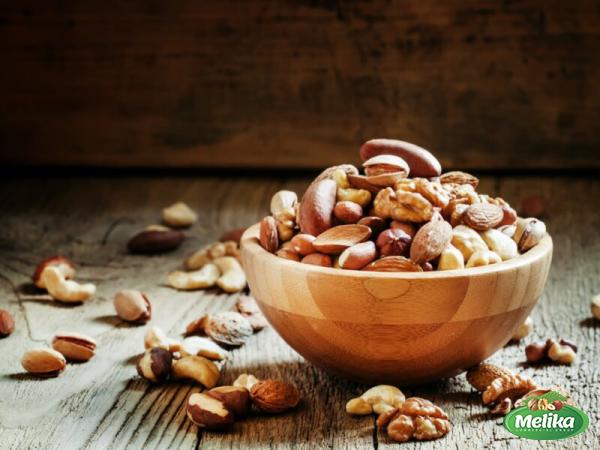
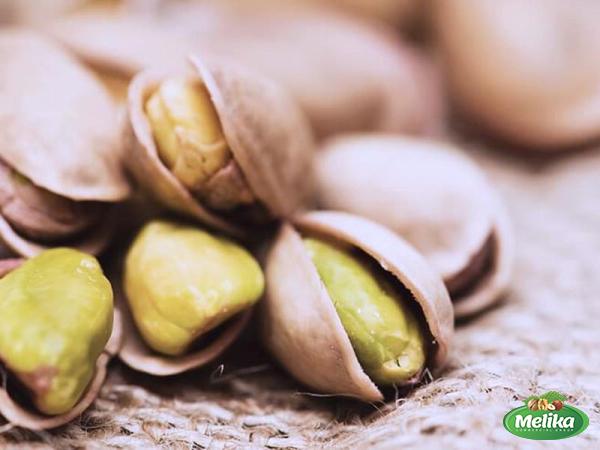
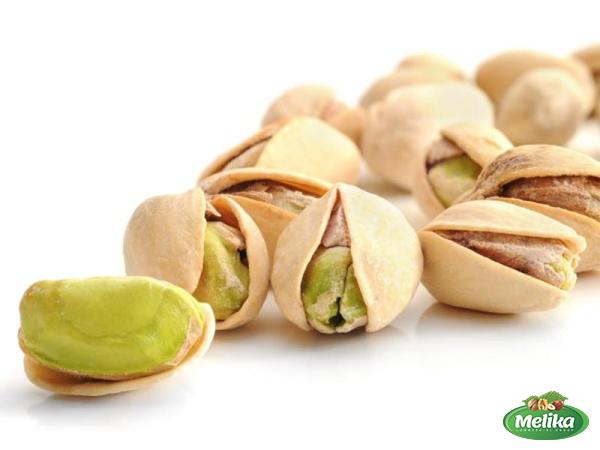
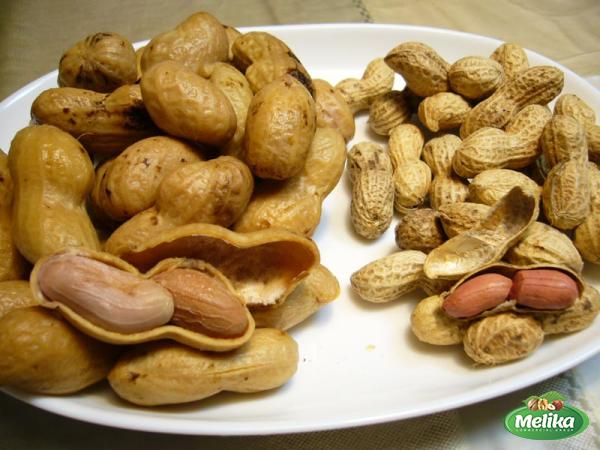
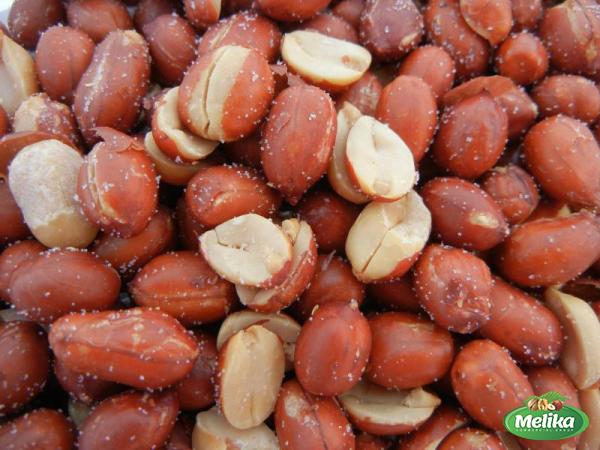

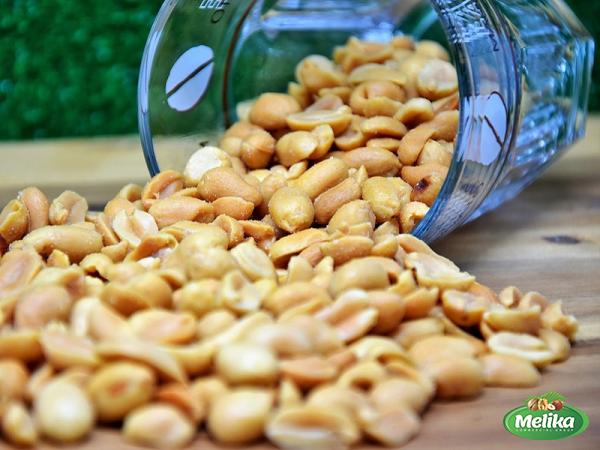

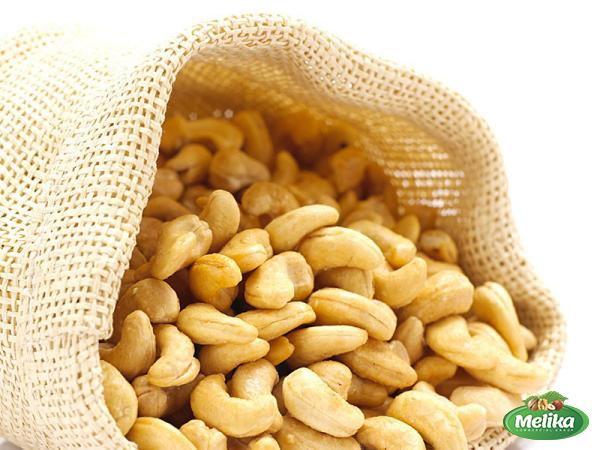
Your comment submitted.